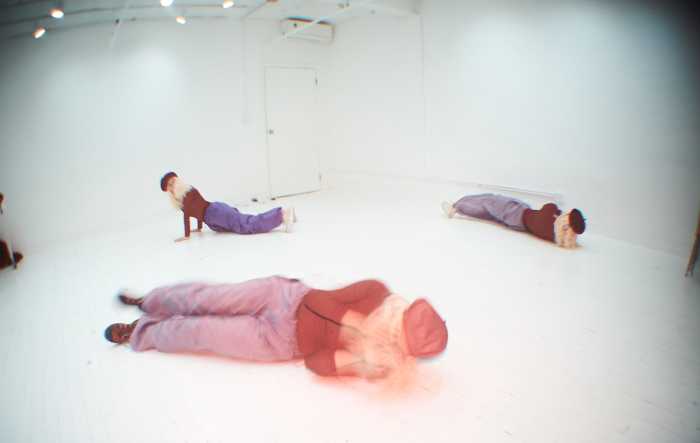The publicists seemed quite interested in attracting media to the event, so much so they offered to send a limousine to pick up writers, deliver them to the luncheon, and return them to their offices.
I called the PR firm to find out how many health writers received messengered invitations to the Astra of Aureole Restaurant event.
"I cant give you an exact number," a spokeswoman said, "but it was quite a few."
Asked about Queen Latifahs appearance at the science writers luncheon, she said, "shes quite hot now."
The Bristol Myers folks were close-mouthed about how big an honorarium the rap star and the doctor were receiving for the product promotion. But it is a well known industry practice to award a fee and expenses to participants in promotional activities whether its a news conference like the Aug. 7 event or a symposium for doctors.
In a hotly competitive market such as diabetes medications, drug firms advertise heavily in medical publications read by prescribing doctors and in consumer media that are read directly by patients.
Bristol Myers Squibbs marketing activities are typical of the rest of the industry. In fact, marketing directed at physicians is far more elaborate and expensive. Drug companies often pay the way of doctors to exotic climes to attend lectures on new therapies.
None of these marketing activities is in any sense illegal and they do help educate physicians about specific disease processes and the emerging therapies. But large sums of money spent on such marketing strategies are among the reasons why drug prices are so high. Recent surveys of drug prices in Queens pharmacies conducted by Congressmembers Anthony Weiner, Nita Lowey and Joseph Crowley were alarmingly high.
A survey by Crowley and Lowey of the average prices for five popular drugs,Zocor, Prilosec, Procardia XL, Zoloft and Norvasc found that prices for senior citizens in Queens are 91 percent higher than the prices Canadian consumers pay and 89 percent higher than Mexican consumers pay.
The study also found that an uninsured senior citizen in Queens must pay over $60 more than a consumer in Canada and nearly $90 more than a consumer in Mexico for a years supply of Prilosec. The difference between the price a senior in Queens would pay for a years supply compared to a similar consumer in Mexico is over $1,000.
Weiners study found that many of the drugs that are approved and sold for human use are also approved and sold for animal use.
"Yet the manufacturers of these prescription drugs charge an average of 137 percent more for these same drugs when they are intended for animal use, as they do when the end user is a human. Under the applicable FDA regulations, both the human and animal versions of the drugs must meet the same standards for quality and purity," his study reported.
Weiner concluded that prescription drug costs are rising and causing increasing hardship for consumers who must pay for their own drugs. In 1990, the study reports, prescription drug expenditures in the U.S. were $37.7 billion. By 1998, prescription drug expenditures had more than doubled to $93.4 billion, due to a combination of price increases and growing utilization.
Queens residents carry a heavy financial burden because of drug firms policies including the high cost of marketing promotions nationwide.































